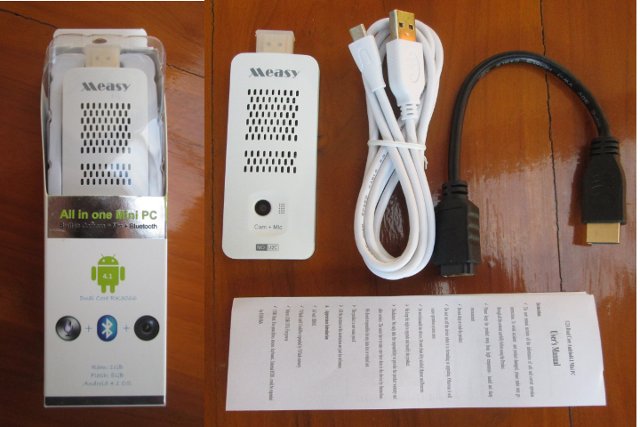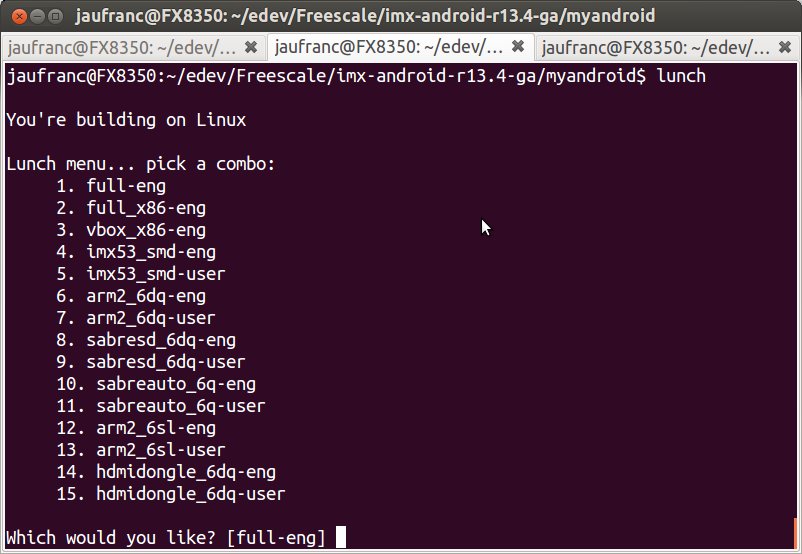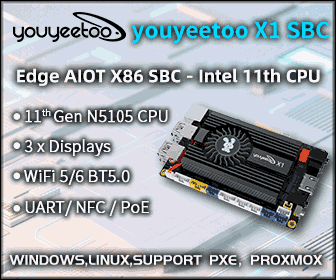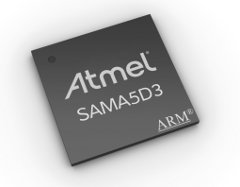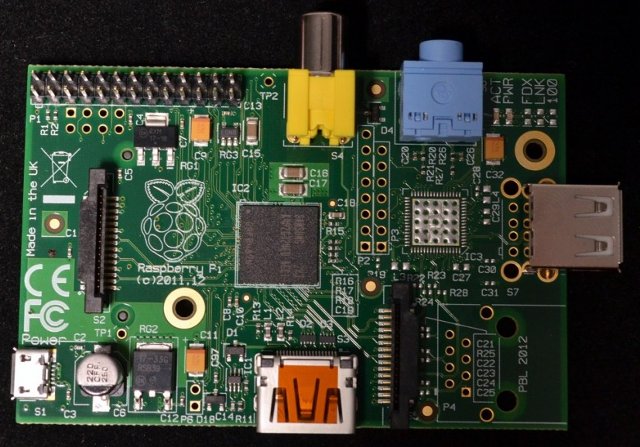FOSDEM 2013 took place last week, and the organizers are in the process of uploading videos. Up to now, 5 main tracks sessions have been uploaded (Firefox OS; Free, open, secure and convenient communications; FreedomBox 1.0; Samba 4; and systemd, Two Years Later) as well as over 20 lightning talks. You can find the videos at http://video.fosdem.org/2013. You may also want to check my previous post for a lists of interesting talks, and I’ll probably feature some FOSDEM 2013 videos in this blog, at least the open source GPU driver talk. Linux Conference Australia took place on January 28 – February 1, 2013, and the 5-day conference featured lots of talks including several dealing with graphics in Linux, and one developer apparently trashing X in terms of complexity and performance, and explaining how Wayland was better. Others Linux sessions dealt with subject such as 3D printing, supercomputing, Arduino, big.LITTLE processing, […]
Review of Measy U2C Rockchip RK3066 Mini PC With Built-in Camera
I’ve received 2 new devices to play with this week, as Geekbuying sent me Tronsmart Promotheus set-top box and Measy U2C, a mini PC with a webcam, so that I can test and review them. Today, I’ll leave the “Spaceship” set-top box parked in another galaxy, and I will review Measy U2C mini PC. This HDMI dongle is powered by Rockchip RK3066, runs Android 4.1.1, and comes with 1 GB RAM, 8GB Flash, Wi-Fi & Bluetooth connectivity, and a built-in 2MP Webcam. For complete specs, you can check my post about B12 mini PC since this device uses the same board internally. Geekbuying sells this all-in-one mini PC for $74.99 including shipping. As usual, I’ll post some unboxing pictures, and then review the device, this time, with a section dedicated to the webcam, since this is the key selling point of this mini PC. Measy U2C Unboxing Measy U2C comes […]
Quake 3 Arena Demo Using Lima Driver is (Slightly) Faster than Mali-400 Binary Driver
As mentioned previously, Luc Verhaegen was to give a talk about the status of Lima driver (reverse-engineered Mali-200/400 GPU driver), as well as other GPU open source implementation, at FOSDEM 2013. This is now done, and part of the talk included a demo of Quake 3 Arena (q3a timedemo) running on tablet featuring AllWinner A10 SoC (Cortex A8 @ 1Ghz, Mali-400MP1 GPU @ 320 Mhz, and DDR3 memory @ 360MHz), and a 1024×600 LCD. The fact it works is already a great achievement in itself, but this demo runs at 47.2fps with Lima driver (limare), whereas it can be rendered at 46.2fps using the binary driver. In his blog, Luc also explains that apart from being 2% faster, it also uses 3% less cpu than the binary driver! Take that binary blobs! There’s still more work to do however, as this Quake 3 Arena port is not playable yet for 2 […]
Beyond Semiconductor BA25 Application Processor
You know ARM, MIPS, and maybe PPC processor cores, but have you ever heard about Beyond Semiconductor RISC architecture? I hadn’t, until I read an article on EETimes. Beyond Semiconductor, a company founded in 2005, and based in Ljubljana, Slovenia, has apparently released its own embedded cores for a while including BA12, BA14 and BA22 which are respectively equivalent to ARM9, Cortex A9 and ARM11 in terms of performance. They count big names such as STMicro, Lattice Semi and Ericsson among their licensees. More recently, the company announced its first application processor called BA25, that equivalent to Cortex A8/A7 architecture with 1.7 DMIPS/MHz, and is clocked up to 800 MHz on 65nm LP. Beyond BA25 32-bit processor designed for systems running applications on general-purpose operating systems such as Linux and Android, and targets applications such as set-top boxes and media players, Image and video processing systems, and wireless, battery-powered, or […]
U-boot, Linux Kernel, and Android Patches for Freescale i.MX6 HDMI TV Dongles
We can now get some quad core Android mini PCs (e.g. Hi802, GK802) featuring Freescale i.MX6Q processor, Freescale has released full documentation and source code its development platforms, Hi802 / GK802 HDMI TV dongles are easily hackable, and there’s even an Ubuntu image for the devices. So it looks pretty good ,right? Well almost.. there are some patches and config for GK802 that have not been released by Richtechie, so we can’t modify the bootloader and Linux kernel. But this may change, as ARMTvTech forum user hste noticed some Freescale i.MX6 HDMI dongle patches om IMX Community website. Even though I’m not sure those are fully compatible with Hi802 / GK802, this could be a starting point. Today, I’ll provide the instructions to build u-boot, the linux kernel and Android ICS with those patches in a machine running Linux 12.04 64-bit. Patch Sets Descriptions There are two set of patches that […]
linaro-android-tools Scripts Upgrade Android Kernel & Initrd via ADB
With Linaro 13.01 release, Linaro announced linaro-android-tools (aka Kernel Update Tools), a set of tools to improve development time for kernel developers. Today, they published a blog post explaining those scripts allow developers to update the kernel without having to take out the SD card from their development board, and instead update the firmware via ADB with a PC connected via the network or USB. Currently there are 2 shell scripts: update-android.sh – To update kernel files in boot partition such as boot.tar.bz2, single files (e.g. uImage) or kernel modules. Usage:
|
1 2 3 4 5 6 |
update-android.sh [--serial|-s serial] [--partition|-p boot-partition] <boot.tar.bz2|uImage|board.dtb|...> Update the kernel files in the boot partition of the specified android device with the specified boot.tar.bz2 file update-android.sh [--serial|-s serial] kernel-source-directory Push all the module files in the specified kernel directory into the /system/modules directory of the specified android device |
For example:
|
1 |
./update-android.sh out/target/product/pandaboard/boot.tar.bz2 |
update-uInitrd.sh – To update files in the initrd Usage:
|
1 2 3 4 5 |
update-uInitrd.sh [--serial|-s <serial>] [--partition|-p <boot-partition>] [--target|-t <target-file>] <source-file> Update the target file in uInitrd of the specified device with the specified source file When the target file is not specified, will update the file in the root directory that has the same file name of the source file |
For example:
|
1 |
./update-uInitrd.sh /tmp/init.rc |
Those 2 scripts are available in Linaro git repository:
|
1 |
git clone http://android.git.linaro.org/git-ro/platform/external/linaro-android-tools.git |
Currently the scripts only support Pandaboard, Origen, Versatile Express, and Versatile Express A9 boards,but they could be easily modified to support other boards supporting linaro packages.
Atmel Introduces SAMA5D3 Cortex A5 Embedded MPUs and Evaluation Kits
Atmel has recently announced the Atmel SAMA5D3 series, a family of high performance, low-power microprocessor units (MPUs) based on ARM Cortex-A5 core. The SAMA5D3 series is designed for embedded applications in the industrial space, including factory and building automation, smart grid, medical and handheld terminals, as well as consumer applications such as smart watches, outdoor GPS, and DECT phones. SAMA5D3 family has the following characteristics: ARM Cortex-A5 core up to 536MHz (850DMIPS). Floating point unit (FPU) with up to 3 times the performance of Cortex A8 FPU. 166MHz bus speed delivering up to 1328MB/s bandwidth. Power consumption: <200mW in active mode at 536MHz with all peripherals activated 0.5mW in low-power mode with SRAM, registers retention and <0.5ms wake-up time ~1.2µA in backup mode with RTC running Connectivity: Dual Ethernet and dual CAN ports (Only one model has both) Gigabit Ethernet MAC with IEEE1588 and 10/100 MAC Two CAN controllers 3x […]
Raspberry Pi Model A is Now Available (But Only in Europe)
The Raspberry Pi has just announced that RS Components and Premier Farnell/element14 have now Raspberry Pi Model A boards in stock. Raspberry Pi Model A is a cost down version of Model B using the exact same PCB but with less RAM (256 MB vs 512 MB), no Ethernet, and only one USB port. This model seems more suitable for embedded projects, and you can get connectivity via Ethernet, Wi-Fi, 3G… USB dongles. It consumes about a third of the power of the Model B, which will certain help with projects powered by solar panels or batteries. It could also be suitable as an even cheaper XBMC player, but if you need to add a USB Hub to connect extra peripherals, it may not really be worth it. Model A is only be available in Europe for now, but will eventually be available worldwide. It will cost UK customers 26.02 […]



